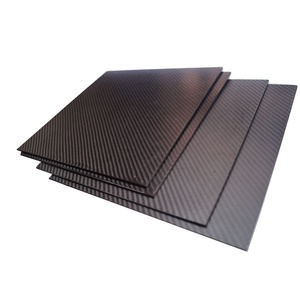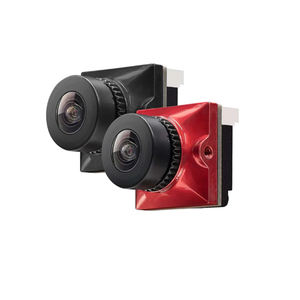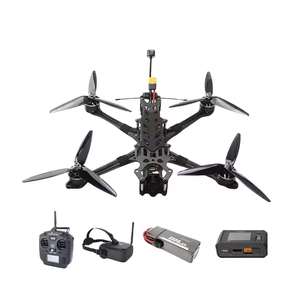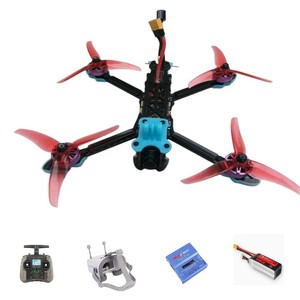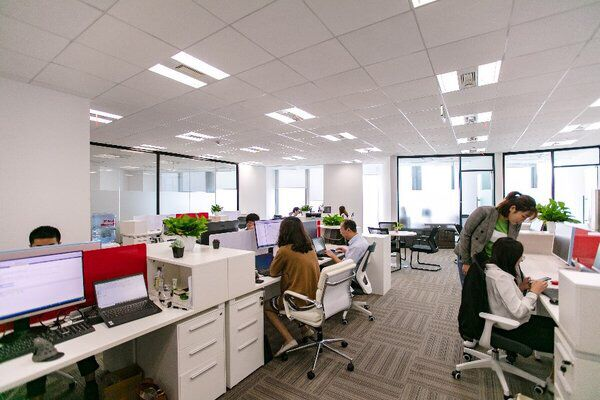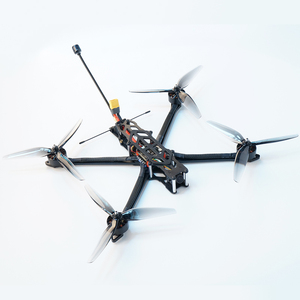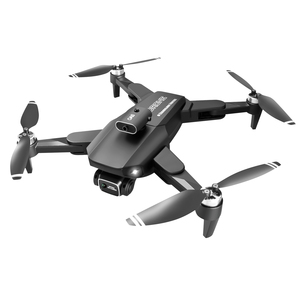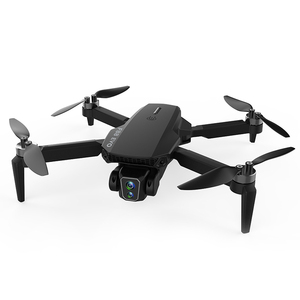What Is A Fpv Drone




 Top sponsor listing
Top sponsor listing





 1/3
1/3




 1/3
1/3


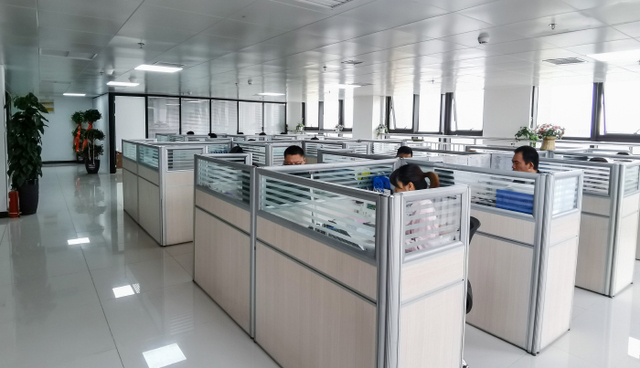

 1/3
1/3



 0
0







 0
0








 1/13
1/13



 0
0




 1/3
1/3




 1/1
1/1




 1/3
1/3











 1/36
1/36




 1/2
1/2




 1/7
1/7



 0
0


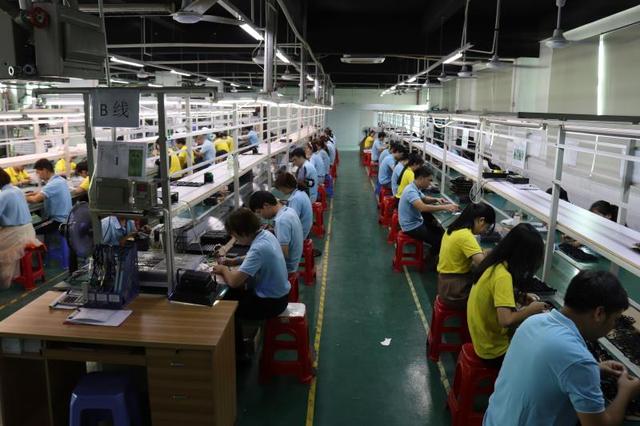

 1/3
1/3



 0
0




 1/3
1/3
About what is a fpv drone
What Is an FPV Drone?
First-Person View (FPV) drones are unmanned aerial vehicles (UAVs) equipped with onboard cameras and video transmission systems that allow operators to pilot the drone from a real-time, immersive perspective. Unlike traditional drones controlled via third-person visual feedback, FPV systems transmit live video to goggles or monitors, enabling precise maneuvering at high speeds and low altitudes. These drones are widely used in recreational racing, cinematic filming, search and rescue operations, and industrial inspections where dynamic flight control and situational awareness are critical.
FPV drones typically consist of integrated components including flight controllers, brushless motors, video transmitters (VTX), receivers, lightweight frames, and high-discharge batteries. They operate on 5.8 GHz or digital transmission protocols such as DJI OcuSync or Walksnail VRX for low-latency HD video streaming. Configurations range from compact mini-quads (e.g., 2-inch or 5-inch propeller diameter) to long-range models designed for extended outdoor navigation. The global supply base is concentrated in Guangdong and Hubei provinces in China, regions known for advanced UAV R&D clusters and mature electronics manufacturing ecosystems.
Where to Source FPV Drones?
The primary manufacturing hubs for FPV drones are located in Shenzhen and surrounding areas in Guangdong Province, which host over 70% of China’s commercial drone production capacity. This region benefits from vertically integrated supply chains encompassing PCB fabrication, motor winding, carbon fiber frame production, and wireless communication modules—all within a 30-kilometer radius. Proximity to component suppliers reduces material lead times by up to 40% compared to offshore alternatives and supports rapid prototyping cycles essential for iterative drone design.
Suppliers in this ecosystem offer scalable production capabilities, with monthly output ranging from several hundred units for niche racing builds to over 10,000 units for standardized consumer-grade models. Key advantages include access to certified assembly lines compliant with ISO 9001 standards, in-house testing labs for electromagnetic compatibility (EMC), and logistics gateways facilitating air and sea freight exports to North America, Europe, and Southeast Asia. Buyers can leverage these networks for both OEM/ODM customization and drop-ship-ready inventory fulfillment.
How to Choose FPV Drone Suppliers?
Selecting reliable suppliers requires rigorous evaluation across technical, operational, and transactional dimensions:
Technical Capability Verification
Confirm supplier expertise in core FPV technologies: analog/digital video transmission systems, F4/F7 flight controllers, ESC firmware tuning (BLHeli), and antenna integration. Evaluate product listings for evidence of system-level engineering—such as signal interference mitigation and power efficiency optimization—rather than simple kit assembly.
Production and Customization Capacity
Assess infrastructure indicators:
- Minimum 1,000m² workshop area with ESD-safe workstations
- In-house SMT and hand-soldering stations for motor, VTX, and receiver mounting
- Support for customizations including frame geometry, battery voltage (3S–6S), motor KV rating, and graphic/logo printing
Cross-reference online revenue data and reorder rates (>25% indicates customer retention) to validate scalability and service consistency.
Quality and Transaction Assurance
Prioritize suppliers with documented quality control processes, including pre-shipment flight tests, signal range validation, and burn-in diagnostics. Utilize secure payment mechanisms like trade assurance programs to mitigate risk. Request sample units to verify build quality, signal stability, and packaging integrity before placing bulk orders.
What Are the Top FPV Drone Suppliers?
| Company Name | Location | Main Products (Listings) | On-Time Delivery | Avg. Response | Reorder Rate | Online Revenue | Customization Options |
|---|---|---|---|---|---|---|---|
| Xianning Tyi Model Technology Co., Ltd. | Hubei, CN | Drones Accessories (1,282) | 98% | ≤3h | 18% | US $860,000+ | Yes (frame, battery, logo, color, ESC, etc.) |
| Shenzhen You Ju Jia Pin International Development Co., Ltd. | Guangdong, CN | Drones (1,978) | 99% | ≤4h | <15% | US $500,000+ | No |
| Shenzhen Xinzhongxing Technology Co., Ltd. | Guangdong, CN | Drones (339) | 100% | ≤1h | 30% | US $80,000+ | Limited (kit-based builds) |
| Hubei Chiqin Flight Technique Co., Ltd. | Hubei, CN | Drones Accessories (202) | 100% | ≤2h | 27% | US $30,000+ | Partial (RTF configurations) |
| Helitip Co., Ltd. | Unknown, CN | Drones (390) | 97% | ≤2h | 25% | US $40,000+ | Yes (size, camera, GPS, LCD screen) |
Performance Analysis
Shenzhen-based suppliers demonstrate strong technical specialization and responsiveness, with two achieving 100% on-time delivery and sub-2-hour average response times. Xianning Tyi Model leads in customization breadth, offering modifications across power systems, materials, labeling, and flight control parameters—ideal for branded or application-specific deployments. Shenzhen You Ju Jia Pin holds the largest product catalog but exhibits a lower reorder rate, suggesting potential gaps in post-sale support or differentiation. Newer entrants like Helitip show competitive pricing and modular flexibility, particularly in entry-level and beginner-focused models. For mission-critical applications, prioritize suppliers with proven delivery reliability (≥98%) and verifiable component sourcing.
FAQs
What certifications should FPV drone suppliers have?
While not universally mandated, compliance with ISO 9001 for quality management is indicative of structured production processes. For export markets, FCC (USA), CE (Europe), and RoHS directives apply to electronic emissions and hazardous substances. Verify adherence through official documentation rather than self-declaration.
What is the typical MOQ and lead time?
Standard FPV drone units often have an MOQ of 1–2 pieces for ready-to-ship models. Custom builds may require minimum batches of 50–100 units. Lead times range from 7 days for stock items to 25–35 days for fully customized assemblies, depending on complexity and component availability.
Can I customize FPV drone components?
Yes, leading suppliers support customization of key elements including frame size, motor type, battery capacity, propeller configuration, video transmission frequency, and branding (logo, color scheme). Full ODM services include PCB redesign and housing modifications, subject to NRE fees and volume commitments.
Do suppliers provide technical documentation?
Reputable manufacturers supply datasheets covering motor specifications, flight controller firmware versions, VTX channel plans, and battery discharge curves. Request BOMs (Bill of Materials) and schematics for integration into enterprise maintenance or training platforms.
How are FPV drones packaged and shipped internationally?
Units are typically packed in reinforced cartons with foam inserts to protect propellers and camera gimbals. Lithium-polymer batteries are shipped separately in UN38.3-compliant packaging. Air freight options enable delivery within 5–10 business days; sea freight is economical for containerized orders exceeding 500 kg.







